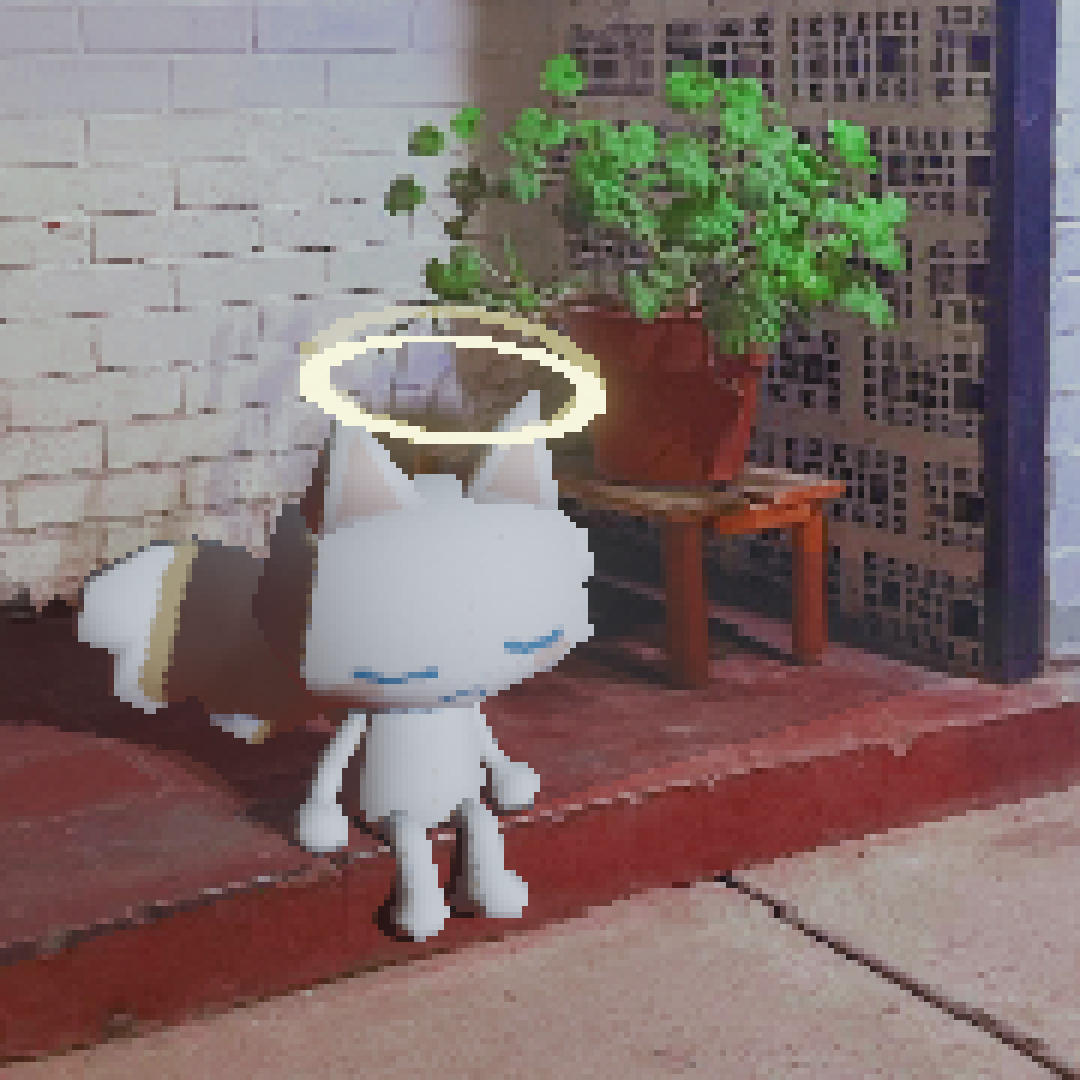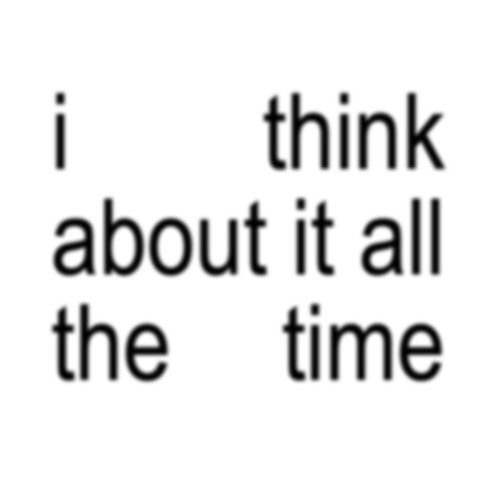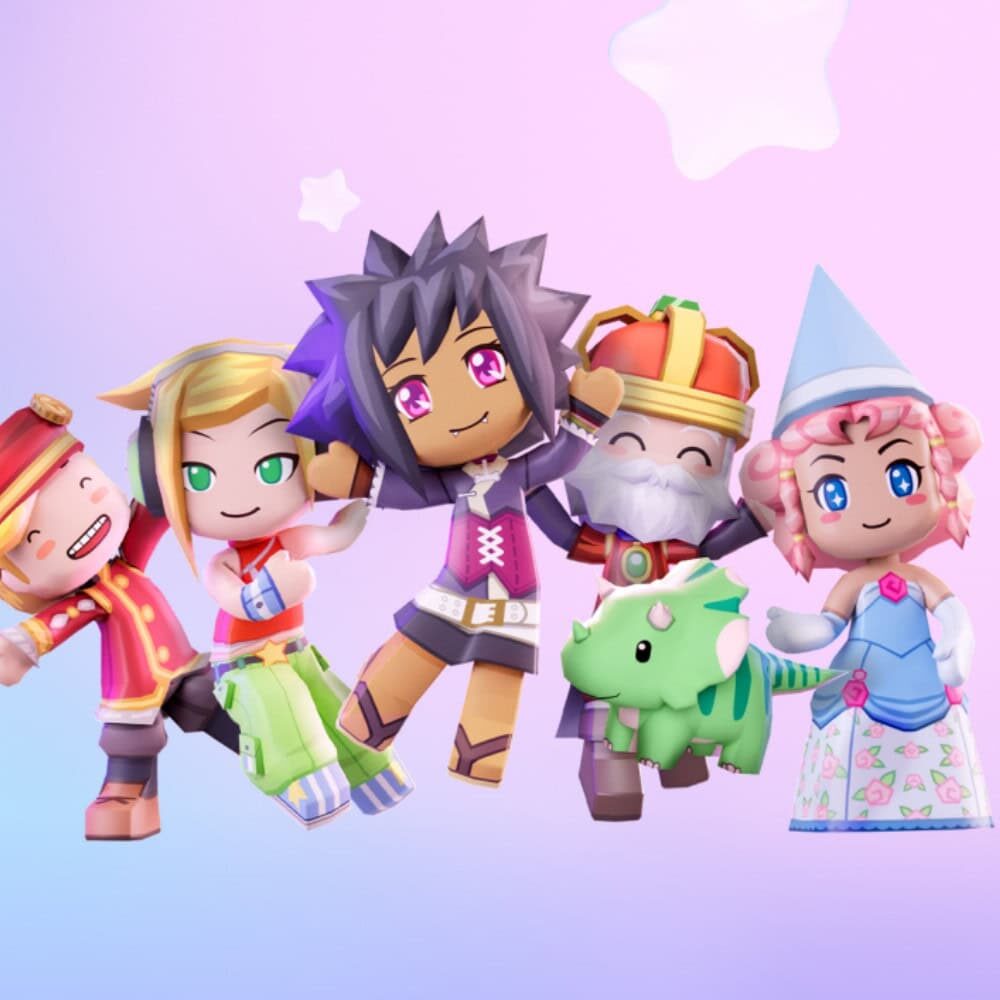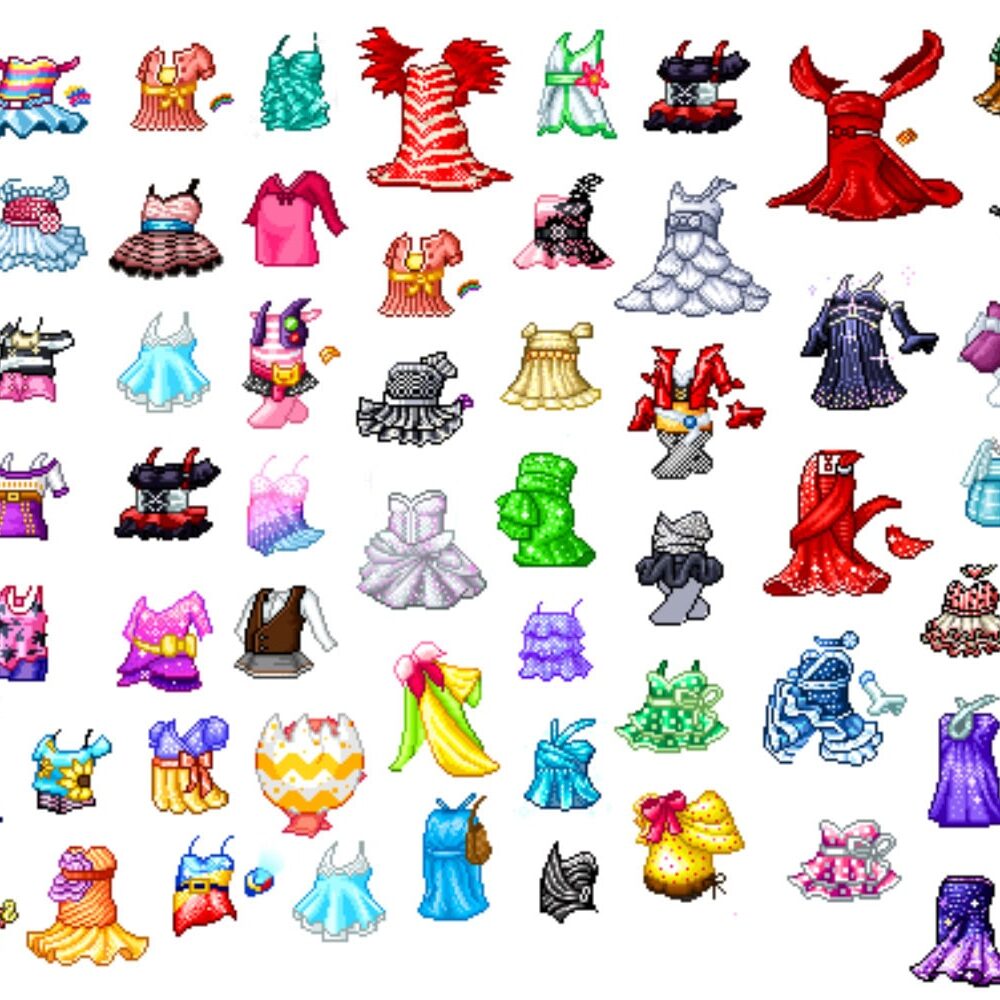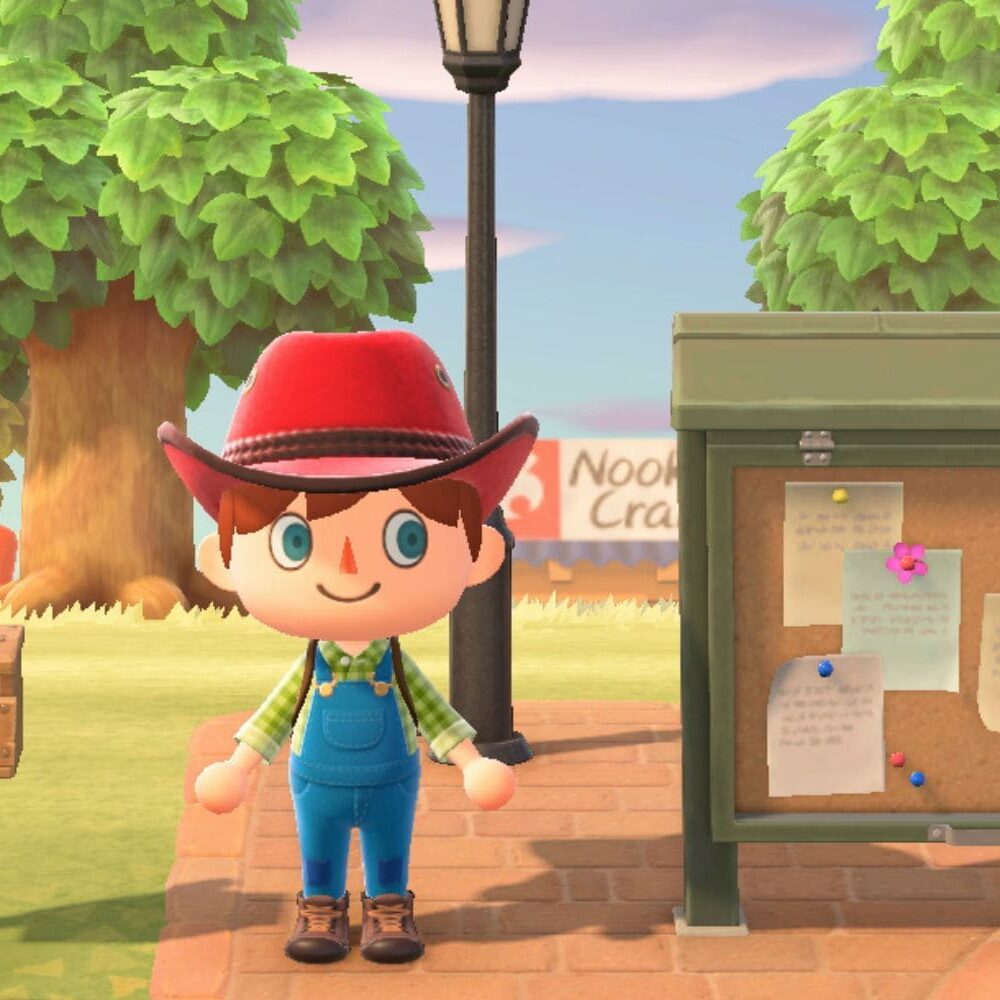
Why Being Obsessively Into Collecting Was Always In
The trend of collecting things obsessively, from tiny figurines to trading cards, isn’t just a fleeting fad—it’s a deep-seated part of our culture, one that has been constantly evolving yet ever-present. Whether it’s Sonny Angels, Pokémon cards, or even vintage annuals, there’s something magnetic about the act of collecting that resonates across generations.
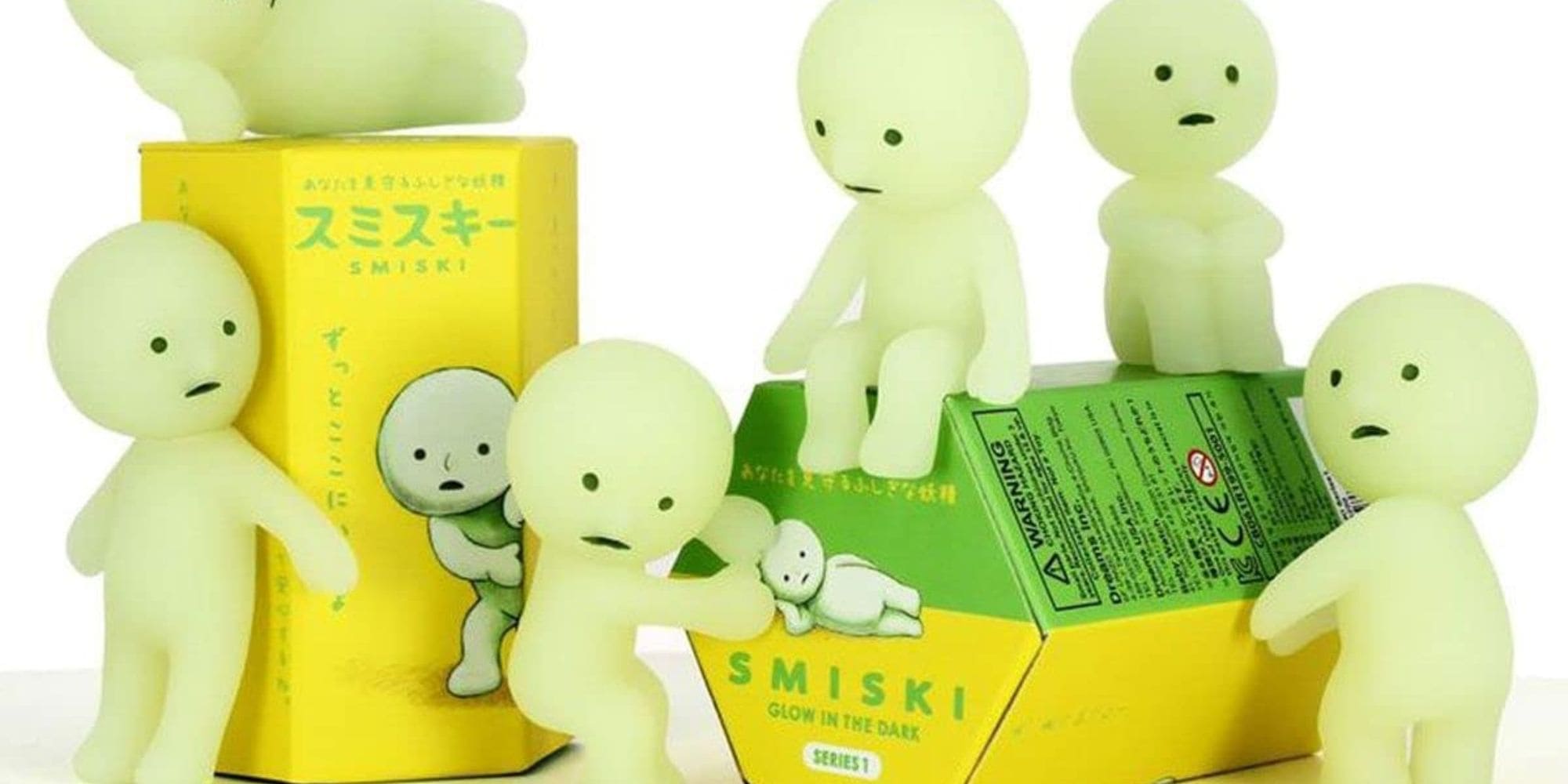
Collecting is a kind of self-expression, a way to carve out a space that’s entirely your own. The objects we collect aren’t just things; they’re stories, fragments of the past, or tokens of nostalgia. When you’re holding a pristine Sonny Angel in your hand, or that rare holographic Charizard, you’re not just holding a piece of plastic or cardboard—you’re holding a memory, a feeling, something intangible that the item itself can’t fully convey. This is the essence of why collecting has always been cool, and why it’s particularly potent in today’s world.
Take Sonny Angels, for example. These small, cherubic dolls with their quirky headgear have found their way into the hearts and homes of collectors worldwide. What makes them so appealing isn’t just their cute designs, but the thrill of the unknown—each box is a mystery, a mini-adventure where you might just discover something extraordinary. The experience is reminiscent of opening a pack of Pokémon cards or flipping through a stack of annuals, searching for that one item that would make your heart skip a beat. It’s a ritual that many of us have carried from childhood into adulthood, a way to hold on to the magic of those formative years.

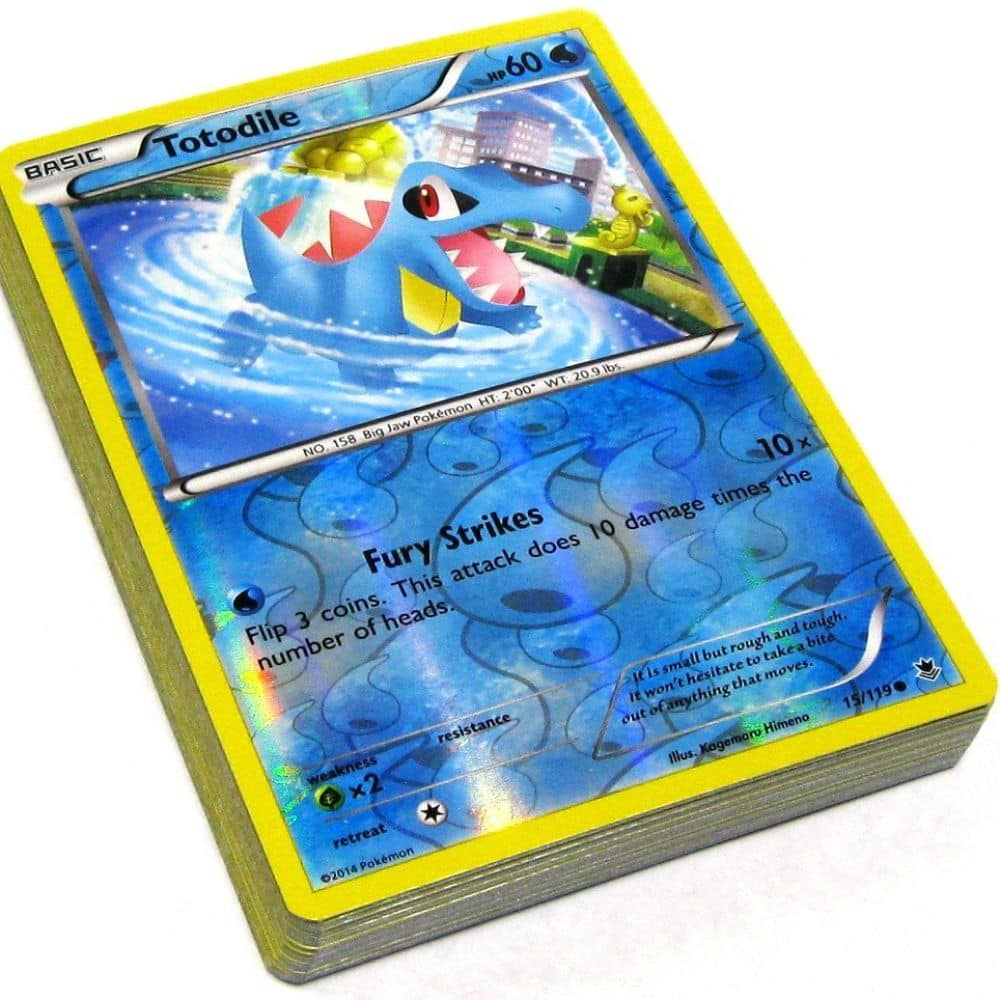
Smiskis, with their glow-in-the-dark charm, tap into a similar vein. They’re not just toys; they’re a playful nod to the whimsical side of life, a reminder that not everything needs to be serious. Their mischievous poses and phosphorescent material create an almost otherworldly aura, turning the simple act of collecting into something slightly surreal. The fact that you never know which figure you’re going to get adds to the excitement—it’s a gamble, a game, a throwback to those childhood moments when opening a new toy felt like unwrapping pure joy.
But this isn’t just about Sonny Angels and Smiskis. Think back to the days when Pokémon and Yu-Gi-Oh! cards ruled the playground. The obsession with collecting these cards wasn’t just about the game itself; it was about the social currency they represented. Having a rare card meant something, not just in terms of gameplay, but in terms of status and connection. Trading cards, much like today’s collectibles, were a way to bond with others, to share in the excitement of discovery, and to revel in the communal experience of the hunt.
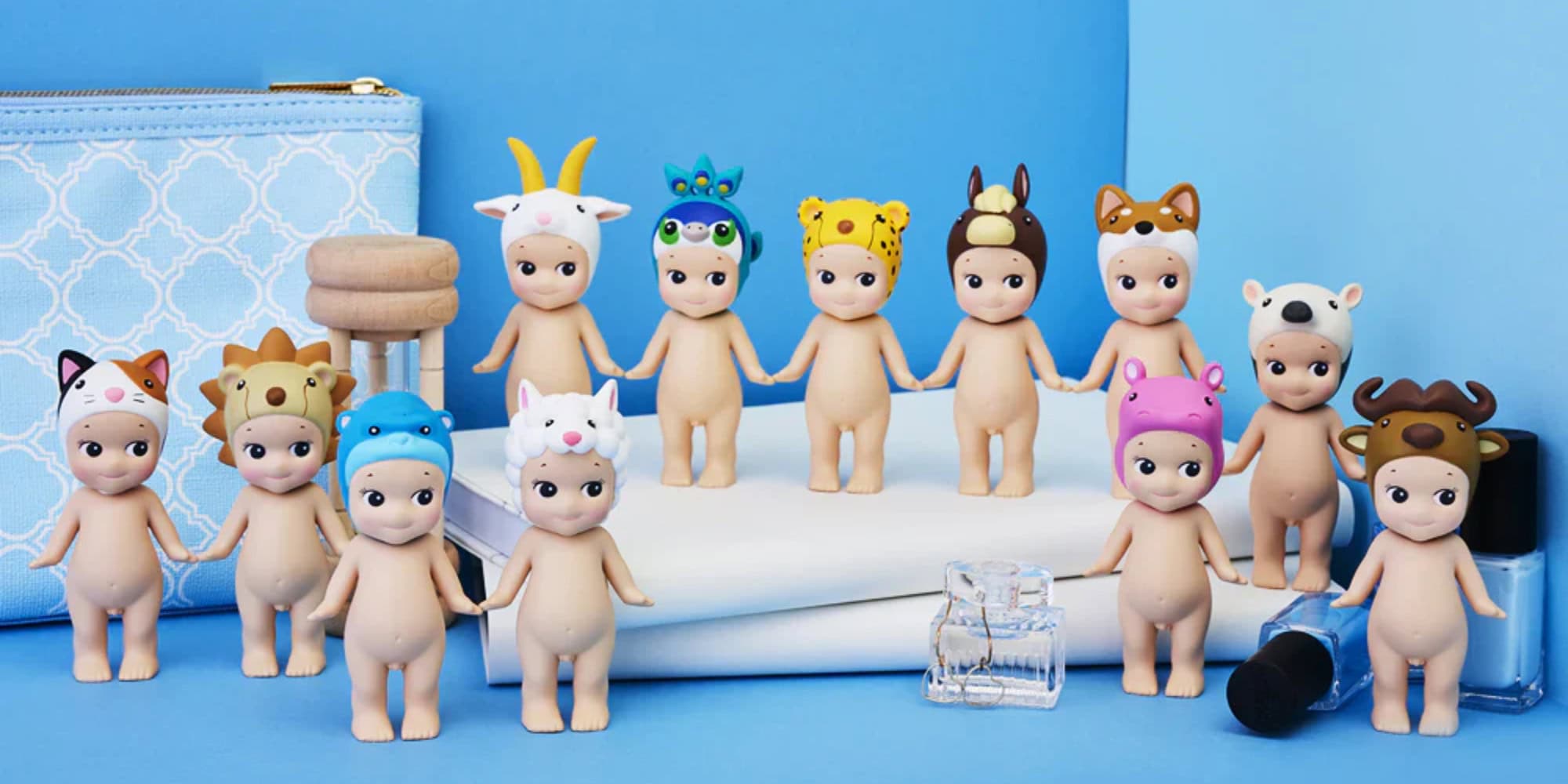
Even annuals, those yearly publications filled with stories, games, and puzzles, played a significant role in the lives of many. For a generation, flipping through the pages of an annual was as much a part of the holiday season as unwrapping presents. These books weren’t just ephemeral—they were keepsakes, often treasured and passed down through families. The act of collecting them year after year was a tradition, a way to mark the passage of time, and a reminder of the simple pleasures that defined childhood.
The resurgence of interest in these types of collectibles is also deeply intertwined with nostalgia. In a world that’s increasingly digital and fast-paced, there’s something comforting about holding a physical object, something that can be touched, admired, and displayed. Collecting offers a tactile experience in an age dominated by screens and virtual interactions. It’s a way to reconnect with the past, to recapture a sense of innocence and wonder that’s often lost in the rush of adult life.
___STEADY_PAYWALL___
But there’s more to it than just nostalgia. The act of collecting taps into a deeper psychological need—the desire for order, control, and mastery. In a world that often feels chaotic and unpredictable, building a collection offers a sense of stability and accomplishment. Each new addition is a small victory, a step closer to completion, a way to impose some semblance of order on the world. This is why the thrill of the hunt is so intoxicating; it’s not just about acquiring objects, but about the process of seeking them out, of overcoming the odds to find that one elusive item that completes your collection.

Social media has also played a significant role in the resurgence of collecting. Platforms like Instagram and TikTok have turned what was once a solitary pursuit into a shared experience. Collectors can now connect with others around the world, share their finds, and even trade or sell items to complete their collections. This sense of community adds a new dimension to the act of collecting, transforming it from a personal hobby into a social phenomenon. It’s not just about the objects themselves; it’s about the connections they facilitate, the friendships they forge, and the communities they build.
Collecting, in all its forms, is a way of reclaiming a piece of our past while simultaneously creating something new. Whether it’s a shelf full of Sonny Angels, a binder of Pokémon cards, or a stack of vintage annuals, each collection is a reflection of the person who created it. It’s a reminder that, no matter how much the world changes, there will always be a place for the things that bring us joy, comfort, and a sense of belonging. So, while trinkets might be cool right now, the truth is, they’ve always been cool—and they always will be.
Enjoyed this story? Support independent gaming and online news by purchasing the latest issue of G.URL. Unlock exclusive content, interviews, and features that celebrate feminine creatives. Get your copy of the physical or digital magazine today!

